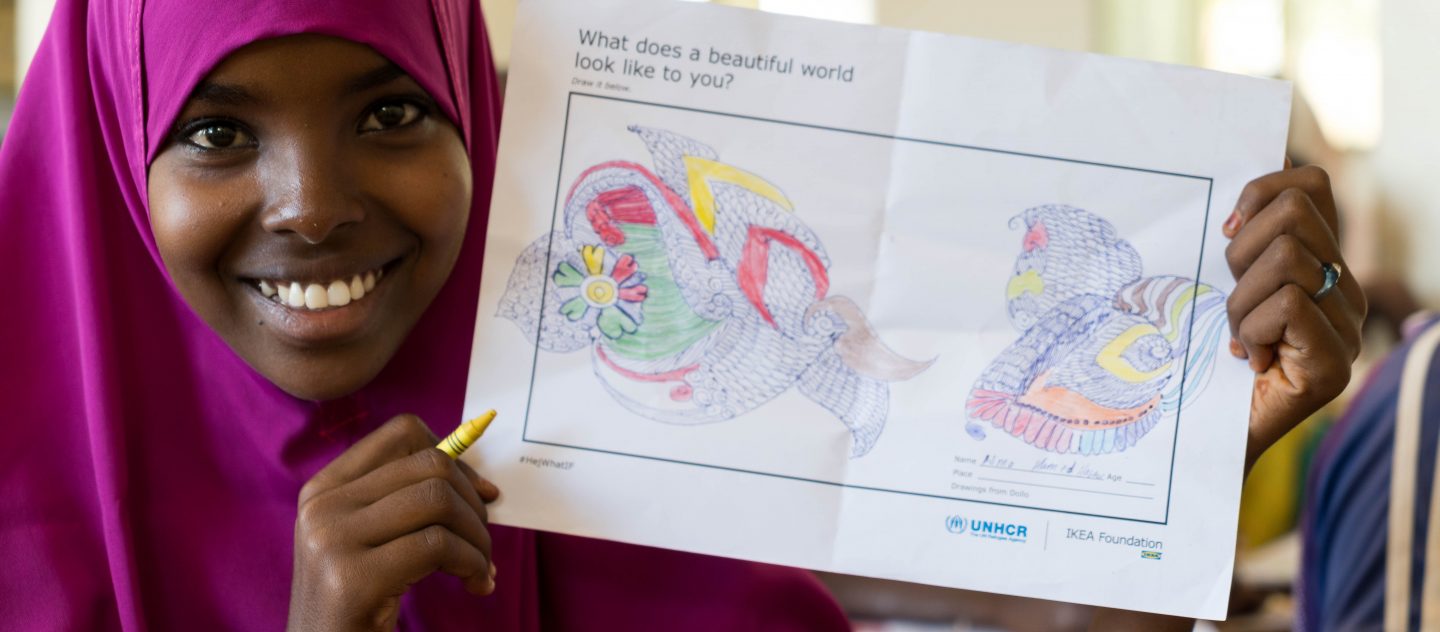 Who is a refugee?
Who is a refugee?
A refugee is someone who has been forced to flee his or her country because of persecution, war or violence. A refugee has a well-founded fear of persecution for reasons of race, religion, nationality, political opinion or membership in a particular social group. Most likely, they cannot return home or are afraid to do so. War and ethnic, tribal and religious violence are leading causes of refugees fleeing their countries.
Over half of all refugees worldwide come from just three countries: Syria, Ukraine and Afghanistan.
52%
of refugees come from three countries
 Who is an internally displaced person?
Who is an internally displaced person?
An internally displaced person, or IDP, is someone who has been forced to flee their home but never cross an international border. These individuals seek safety anywhere they can find it—in nearby towns, schools, settlements, internal camps, even forests and fields. IDPs, which include people displaced by internal strife and natural disasters, are the largest group that UNHCR assists. Unlike refugees, IDPs are not protected by international law or eligible to receive many types of aid because they are legally under the protection of their own government.
62.5m
People
are internally displaced around the world
 Who is a stateless person?
Who is a stateless person?
A stateless person is someone who is not a citizen of any country. Citizenship is the legal bond between a government and an individual, and allows for certain political, economic, social and other rights of the individual, as well as the responsibilities of both government and citizen. A person can become stateless due to a variety of reasons, including sovereign, legal, technical or administrative decisions or oversights. The Universal Declaration of Human Rights underlines that “Everyone has the right to a nationality.”
4.2m
People
around the world are stateless or at risk of statelessness
 Who is an asylum seeker?
Who is an asylum seeker?
When people flee their own country and seek sanctuary in another country, they apply for asylum – the right to be recognized as a refugee and receive legal protection and material assistance. An asylum seeker must demonstrate that his or her fear of persecution in his or her home country is well-founded.
2.6m
new asylum claims in 2022
 What is the 1951 Refugee Convention?
What is the 1951 Refugee Convention?
The 1951 Geneva Convention is the main international instrument of refugee law. The Convention clearly spells out who a refugee is and the kind of legal protection, other assistance and social rights he or she should receive from the countries who have signed the document. The Convention also defines a refugee’s obligations to host governments and certain categories or people, such as war criminals, who do not qualify for refugee status. The Convention was limited to protecting mainly European refugees in the aftermath of World War II, but another document, the 1967 Protocol, expanded the scope of the Convention as the problem of displacement spread around the world.
50m+
number of refugees helped by UNHCR since 1951

